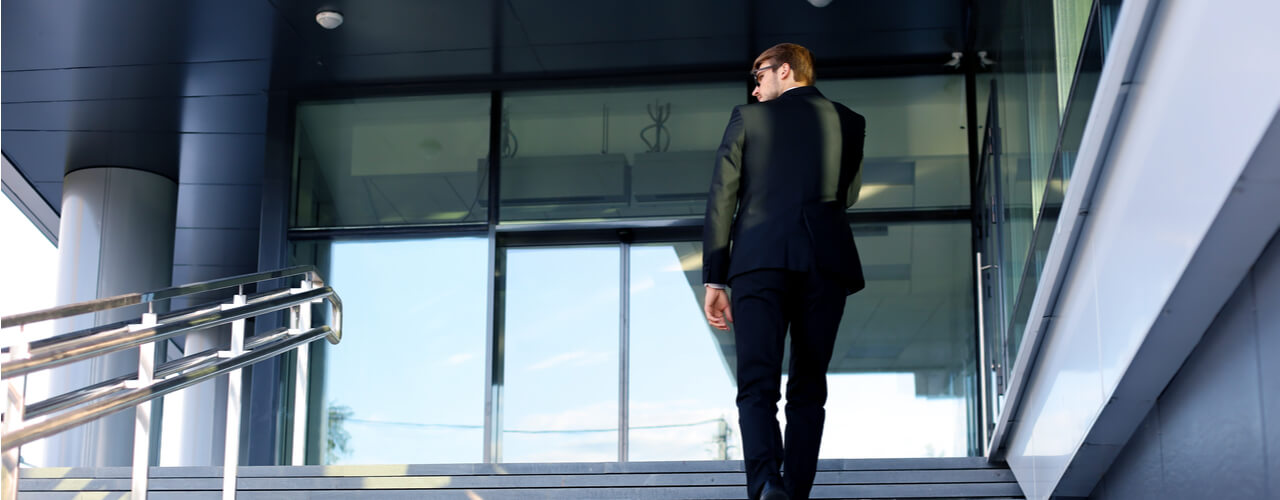Post-pandemic commercial real estate leasing is coming back, albeit slowly. There’s still a lot of uncertainty in the near-term, but there are also reasons to be optimistic. Bisnow and CommercialEdge came together to host a webinar looking at the state of the commercial office leasing industry.
They brought with them some industry-leading experts from the Dallas-Fort Worth area:
- Marijke Lantz is a senior vice president in charge of built-to-suit and office leases with developer Billingsley Company.
- Paul Wifforf is the executive managing director of Transwestern in Dallas.
- Sara Terry is the head of agency leasing with Colliers International, focusing on institutional grade office properties.
The panel was moderated by Arjun Rao, director of commercial global solutions at Yardi.
What does the office leasing industry look like right now?
Leasing activity appears to be focused mostly on renewals. The current environment doesn’t breed a lot of long-term confidence, leading many companies to focus on leaving themselves flexible options for when the future is a little clearer. Additionally, bigger corporations that were expanding into quality regional suburban markets pre-COVID have a better opportunity to do so now as they are better suited for less-dense offices.
The pandemic isn’t the only wild card in this situation though. Companies are also facing adjustments to their workforce strategy. Some may decide they don’t need as much space while others will need more to for distancing measures. As this is tenant specific, it’s hard to predict how this will shake out in the future.
As tenants reach the end of their leases, how are they negotiating new leases and renewals?
They’re following the same theme – shorter leases and flexibility. Small and medium sized tenants are more near-term focused, preferring to renew for three years rather than the typical five- or seven-year lease, while the larger tenants are really looking for more flexibility, whether that be through termination options, right of first refusal or other alternatives. A trade off to these types of terms is that they tend to be more expensive to tenants. Additionally, some of these measures could become permanent facets in leasing contracts going forward.
What trends that were accelerating pre-COVID are now decelerating, and vice versa?
Workspace density is likely to play a major role in office construction and layout going forward. Pre-COVID, we were looking at spaces that were getting denser, in some cases creeping towards eight or 10 people per 1,000 square feet. That trend is likely to reverse now. Part of this may be more offices in suburbs where they won’t be as tall, thereby reducing the need of cramped elevators. Demand should be similar to pre-pandemic levels, as lower density and more employees working from home will likely balance out.
Suburbs and urban sprawl are positives right now simply because they are less dense. Additionally, millennials are reaching their prime family-forming years and historically high prices in the urban core have made raising a family more expensive. The suburbs are becoming more popular, and where the workforce goes, so follows the business, and quality suburban markets are primed for corporate relocations where their workforce is locating.
This shift will be good for lower cost cities that are business friendly, like DFW, Denver and Atlanta. However, it’s hard to know if work-from-home solutions will stick around. It’s not ideal for some industries and there are other challenges, especially for new and young employees that benefit from learning directly from more senior team members.
One thing that is likely to go away is “hoteling,” where workers can use any desk in the office and change desks daily if they ‘d like. Cleanliness is a huge factor and janitorial costs for this type of environment are likely to be very high.
Do you see business development changing in the next few years, or is this temporary?
Developers are in a little better position to address occupant safety through air quality and proximity measures because they’re starting from scratch. Better air filtration systems, more outdoor office space and wider corridors are all easier to incorporate from the start rather than retrofitting in existing buildings.
Something that will likely stick around are virtual tours. They’re a poor substitute for in-person viewings, but smaller tenants can benefit from them because they likely have fewer requirements. It’s still hard to communicate things like the surrounding area to prospective tenants, but their utility is still likely to remain.
Listen to the entire commercial office leasing webinar from Bisnow and CommercialEdge.









